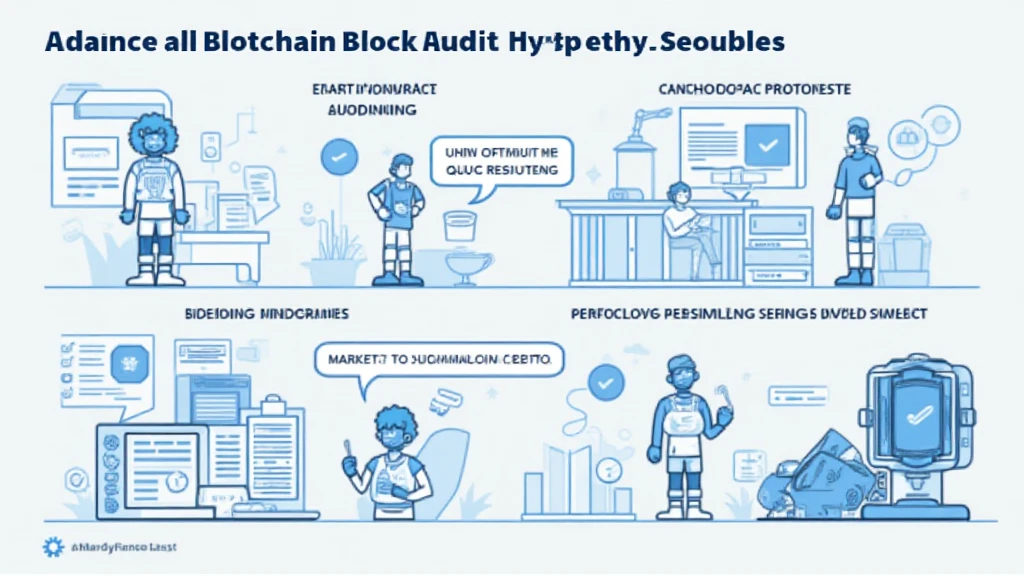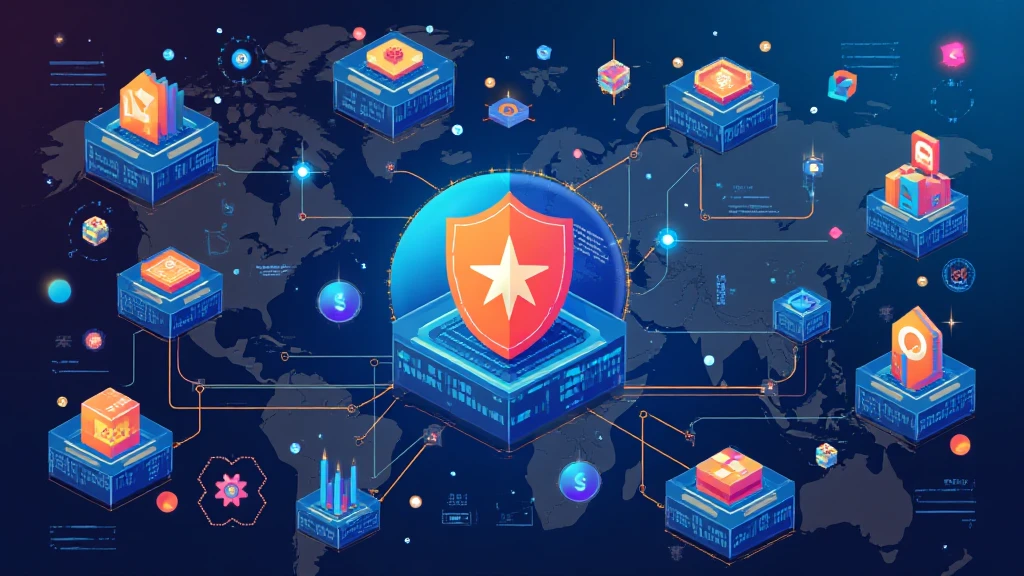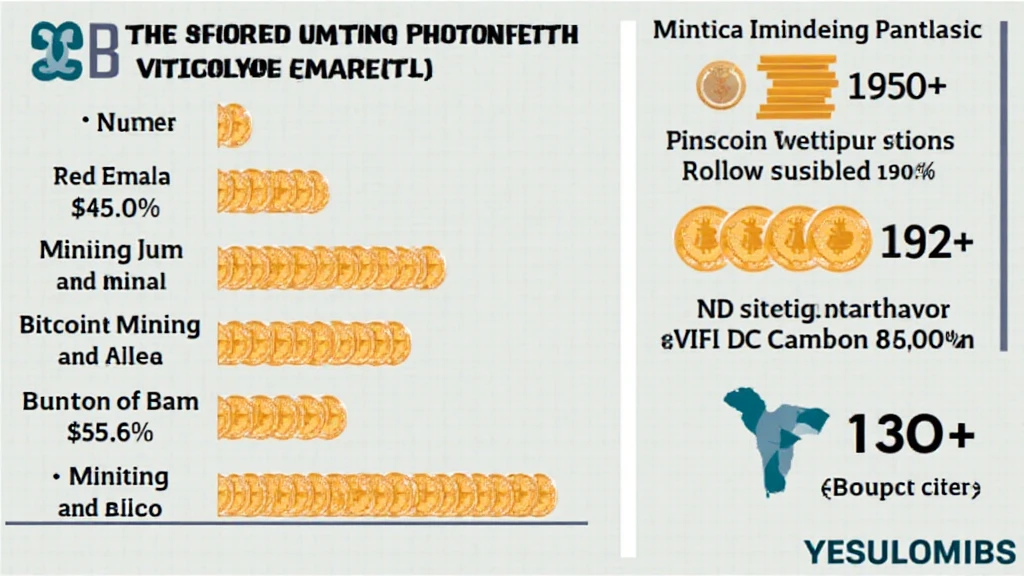2025 Blockchain Security Standards: A Comprehensive Guide for Digital Asset Protection
With losses surpassing $4.1 billion due to DeFi hacks in 2024, the urgency for robust security measures in blockchain technology cannot be overstated. As the crypto landscape evolves, so do the threats that target it. This article serves as a vital resource for understanding the security standards you need to protect your digital assets in Vietnam’s booming crypto market. By delving into the essential components, ranging from auditing smart contracts to recognizing the risks of consensus mechanisms, we aim to equip you with knowledge and tools tailored for your crypto journey.
Understanding Blockchain Security Systems
Effective blockchain security is akin to having a fortified bank vault for your digital assets. The decentralized nature of blockchain comes with inherent vulnerabilities that require vigilant protection strategies. Here, we’ll explore key components that comprise an effective blockchain security system:
- Smart Contract Security: Ensuring that the code governing your transactions is secure is paramount. Reports indicate that improper smart contract coding led to over 70% of exploits in the past year.
- Consensus Mechanism Risks: Different consensus mechanisms come with distinct vulnerabilities. For example, Proof of Work (PoW) is energy-intensive, while Proof of Stake (PoS) systems can lead to potential centralization.
- Cryptographic Protocols: Reliable cryptographic protocols are essential for safeguarding transactions against unauthorized access.
Smart Contract Security and Auditing
As Ethereum and other platforms continue to rise, understanding how to audit smart contracts becomes crucial. In Vietnam, the increase in crypto adoption reflects the need for knowledge surrounding smart contract security.

According to recent reports, the Vietnamese blockchain sector has grown by 300% in 2023. To navigate this growth, consider the following methods:
- Code Reviews: Regular peer reviews ensure that team members can catch vulnerabilities in the code.
- Static Analysis Tools: Software like Mythril and Slither aids in identifying vulnerabilities before deployment.
Consensus Mechanisms: Vulnerabilities and Mitigations
This is where the battle for decentralization and efficiency lies. Like a steering mechanism in a car, the consensus mechanism directs how the network will validate transactions.
For instance, while Proof of Work is more secure, it consumes significant energy, raising environmental concerns. Meanwhile, Proof of Stake, though energy-efficient, poses its own risks, such as validator centralization. The reality is that no consensus method is foolproof, but understanding their vulnerabilities is essential for proactive security measures.
Cryptographic Protocols: The Backbone of Security
Imagine your digital transactions protected by a complex locking mechanism that only you control. This is the power of cryptography in blockchain technology. Proper implementation of cryptographic key management, hashing algorithms, and digital signatures forms the backbone of security in blockchain systems.
- Key Management Policy: Ensure robust methods for generating, storing, and using cryptographic keys. Implementing hardware security modules (HSMs) can add an extra layer of protection.
- Regular Updates: Staying current with cryptographic advancements helps shield against new threats.
The Role of Regulation in Blockchain Security
Regulatory compliance serves as a cornerstone for building trust within the Vietnamese crypto market. With the government aiming to establish a comprehensive regulatory framework by 2025, cryptocurrency platforms will need to adopt practices that promote transparency, accountability, and security.
For local cryptocurrency projects, adhering to these standards could lead to increased user trust and consequently more substantial market penetration.
Real-World Applications and Case Studies
To truly grasp these concepts, let’s examine organizations that have effectively implemented these security measures:
- Binance: This global exchange has made headlines with its robust cybersecurity measures, including regular audits and user education programs.
- Axie Infinity: After suffering a hack, they proactively invested in improving smart contract security to regain user trust.
Data indicates that user growth rates in Vietnam often correlate with companies that prioritize security—underscoring the importance of having a solid security framework.
Future Trends in Blockchain Security
As we advance toward a more digitized economy, several trends will shape blockchain security in the coming years:
- AI Integration: The use of artificial intelligence for real-time threat detection will revolutionize security measures.
- Decentralized Identity: Innovations in identity verification can help mitigate fraudulent activities, enhancing overall security.
Conclusion: Preparing for the Future of Blockchain Security
The journey toward securing digital assets in Vietnam’s growing crypto sector requires vigilance and proactive measures. As outlined throughout this article, implementing effective smart contract auditing, understanding consensus mechanisms, and abiding by cryptographic protocols will be vital for protecting your investments.
Moreover, let’s not overlook the importance of adherence to regulations and staying informed about emerging technologies that can enhance security protocols.
In summary, the responsibility for ensuring security in the blockchain space relies heavily on users and developers alike. The landscape is undoubtedly challenging, but with the right tools and knowledge, you can safeguard your assets effectively.
For more resources on effective crypto strategies, visit mycryptodictionary.





